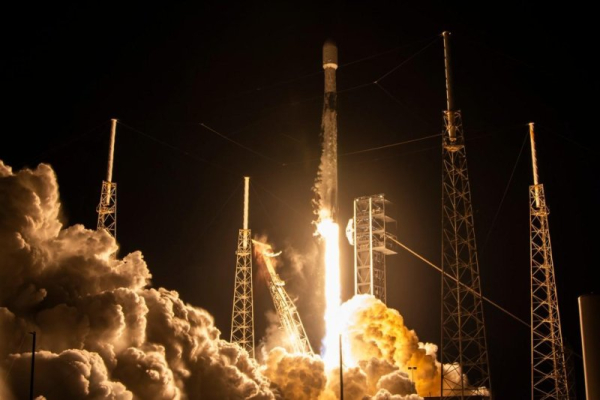
The training data for the algorithm is based on nine years of observations by the Solar Dynamics Observatory (SDO) satellite, which orbits the Earth and records changes every 12 seconds. (Image: IBM-NASA-Surya)
IBM and NASA specialists have created a revolutionary AI system capable of predicting solar flares with unprecedented accuracy, which will allow us to quickly respond to potentially dangerous space phenomena.
The model, called Surya (Sanskrit for “sun”), analyzes raw data from the SDO spacecraft, which has been continuously monitoring the star for 15 years, and processes it at a speed beyond human perception.
The algorithm uses previously only partially explored data to predict solar activity in advance, IBM said.
You might be interested in
-
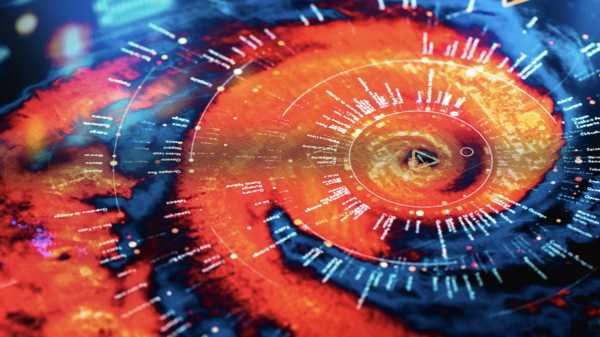
Microsoft AI solution makes hurricane and sandstorm forecasting 5,000 times faster
-
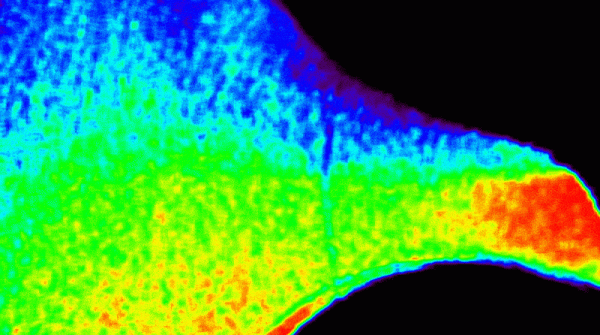
'Unprecedented Phenomenon': Images from New ISS Telescope Capture Micro-Fluctuations in Solar Atmosphere
-
NASA's Parker probe has detected a large magnetic ejection toward the solar surface.
This opens up opportunities to protect spacecraft and astronauts, as well as prepare for potential disruptions to power grids and communications systems on Earth.
“From 2023, our alliance with NASA will push technological boundaries by creating fundamental AI models to fundamentally understand our planet,” said Juan Bernabe-Moreno, head of IBM’s European Research Center in the UK and Ireland.
“Surya is the first model that analyzes the Sun in real time and predicts its activity.”
The activity of the luminary increasingly influences the lives of people with the development of space technologies and the growing dependence on earthly technological systems.
Coronal mass ejections and flares can disrupt satellites, aircraft navigation, cause power outages, and threaten the health of astronauts, increasing the importance of accurate space weather forecasts.
Scientists emphasize that predicting terrestrial storms is difficult, and solar ones are doubly so. Light from flares takes eight minutes to reach Earth, so timely response requires ultra-precise instruments.
Surya is comparable to the Prithvi family of models that analyze satellite data to model climate change, monitor deforestation, and predict floods and extreme temperatures.
The open-source model includes 360 million parameters and is trained on images from eight AIA channels and five HMI instruments, studying the Sun's corona and magnetic fields.
AIA focuses on the upper atmosphere, taking images in a variety of spectra to analyze physical processes. HMI studies magnetic fields and surface vibrations.
The system predicts the dynamics of the solar wind, flares and detects EUV spectra. According to the developers, the Surya architecture allows studying the evolutionary processes of the star. The results were published on August 18 on arXiv without peer review.
“This is a breakthrough in processing huge amounts of data,” said Kathy Reeves, an astrophysicist at the Harvard-Smithsonian Center who was not involved in the project.
Focus on the Sun
The data comes from SDO, which records the Sun in different wavelengths every 12 seconds, revealing temperature differences from 5,500°C at the surface to 2 million°C in the corona.
The satellite tracks magnetic anomalies, records sunspots and the movement of plasma formations.
Nine years of data were used to train the model: they were synchronized and tested with different neural network architectures.
Surya predicted future SDO images up to an hour ahead of time by comparing the predictions with actual images.
The SDO observatory recorded the flare (bronze color corresponds to a wavelength of 193 Å) on January 22: start – 22:38 EST, peak – 22:59, end – 23:34.
The researchers note that the algorithm independently identifies solar features such as differential rotation without additional programming.
RELATED MATERIALS
— Meta AI Takes Step Towards Superintelligence: Zuckerberg Limits Public Access
— Scientists use AI to covertly encrypt messages
— ChatGPT as a personal assistant: principles of operation and application
Tests have shown that the model warns of outbreaks 1–2 hours in advance with an accuracy 16% higher than its analogues.
The source code is available on GitHub and Hugging Face, including SorayaBench, a solar activity dataset.
#NASA
Keumars Afifi-Sabet, Technology Section Editor
Technology writer with five years of experience, former editor of ITPro. NCTJ qualified and holds a degree in biomedical sciences. CMI Level 3 Certified Manager (2023).
Please verify your public name before commenting.
Please log back into your account.
Exit Read more
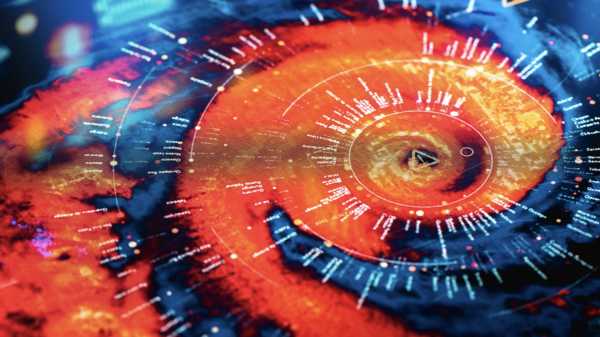
Hurricanes and sandstorms can be predicted 5,000 times faster thanks to new Microsoft AI model
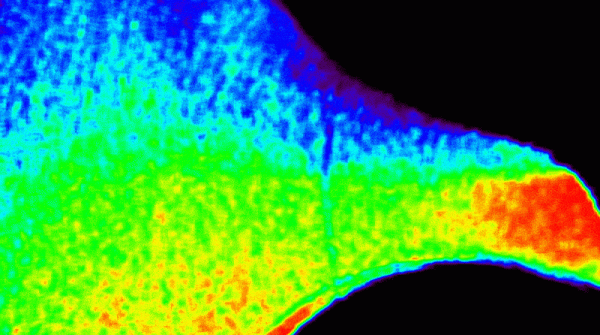
'Never seen before': First images from ISS's new solar telescope show subtle 'wobble' in the Sun's outer atmosphere
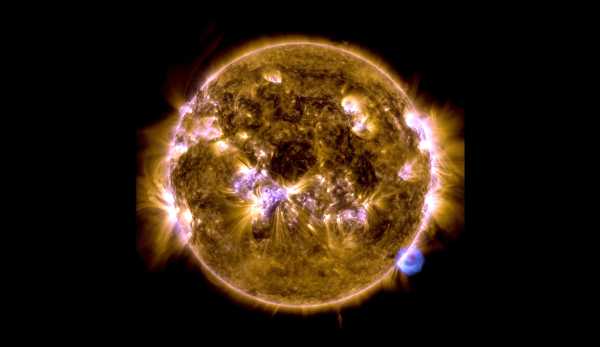
NASA's Parker Solar Probe has detected a powerful magnetic blast directed toward the surface of the Sun.
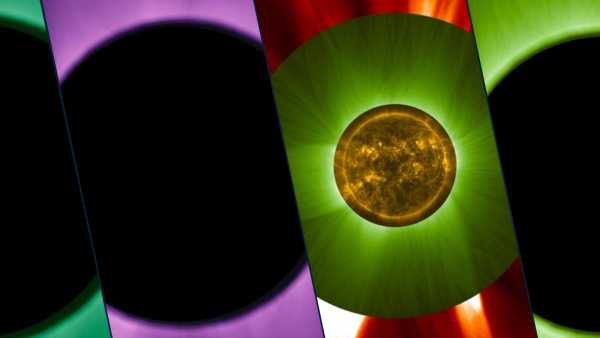
First images of artificial solar eclipse from ESA Proba-3 mission

8K Sunspot Photos Reveal Incredible Detail
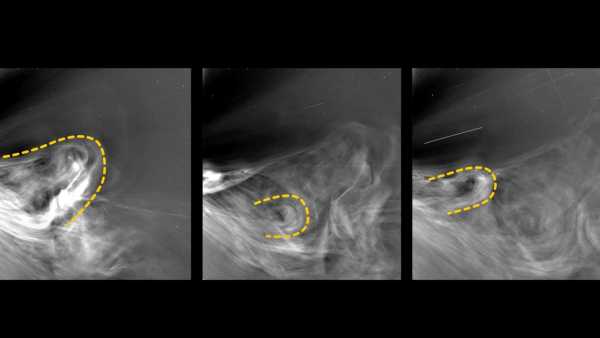
Record-Close Images of the Sun from the Parker Probe
Sourse: www.livescience.com




